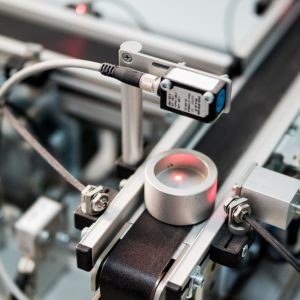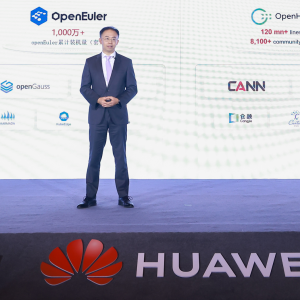Both have finally caught up with rival IBM, which has been shipping dual-core Power4 processors since the end of 2001. Both the UltraSparc-IV and PA-8800 are running a little late, and it is no accident of timing that they are both being announced so closely together.
With the chip-making processes that etch the transistors on chips getting smaller and smaller, it makes sense to make what are in essence small SMP servers on a single chip. The UltraSparc-IV, which is code-named Jaguar inside Sun, is essentially two Cheetah UltraSparc-III cores (which date from late 2000) jammed onto a single piece of silicon.
For a long time, Sun executives hinted that the UltraSparc-IV would be pin-compatible with the existing UltraSparc-III processors, which would mean that they could be plugged into the same system cell boards.
Last fall, Sun executives said that this was not the case. Although the UltraSparc-IV uses the same physical packaging and, thanks to an improved 130 nanometer copper/low-k dielectric process created by Sun’s chip partner, Texas Instruments, can be jammed in about the same space, the Jaguar chip has a few pins that cope with signals from system boards that tell it how to route data and processing requests to specific chips. This means customers will have to do board-level upgrades to move from UltraSparc-III to UltraSparc-IV.
Steve Campbell, vice president of Sun’s Enterprise System Products group, says companies will be able to add Jaguar boards to existing Sun Fire server frames (Sun Fire 4800, 6800, 12000, or 15000 servers). Sun has also rolled out a new line of machines just for the UltraSparc-IVs, which have their own characteristics. Interestingly, these new machines have been given the product name Enterprise, harking back to the days when Sun was selling UltraSparc-II servers at the height of the dot-com boom.
And to offer better investment protection, Sun is allowing boards from Sun Fire machines to be used in the new Enterprise line. Customers can mix and match these boards in a single frame.
The first generation UltraSparc-IV processor is being offered as an upgrade for the existing Sun Fire and new Enterprise lines at 1.05GHz and 1.2GHz. Sun might be able to improve the clock speed this year on that same 130 nanometer process, but in the first half of 2005 Sun and TI plan to move the Jaguar design to a 90 nanometer copper/low-k process that also adds strained silicon to shrink transistor sizes even more.
Sun has to get into the 2GHz zone with these UltraSparc-IV+ chips if it hopes to compete well with IBM and HP as well as Sparc clone maker Fujitsu Siemens. Depending on how yields and processes go at TI, the company could end up anywhere between 2GHz and 3GHz with the second generation Jaguar chips.
Between now and then, the Jaguar processors and the new Enterprise line of servers are going to raise a few eyebrows and smiles from Sun customers, many of whom who have complained in the past two years that the price/performance of the UltraSparc-III Sun Fire machines did not keep good pace with IBM’s very aggressive Regatta line of Power4 servers.
This article is based on material originally published by ComputerWire






